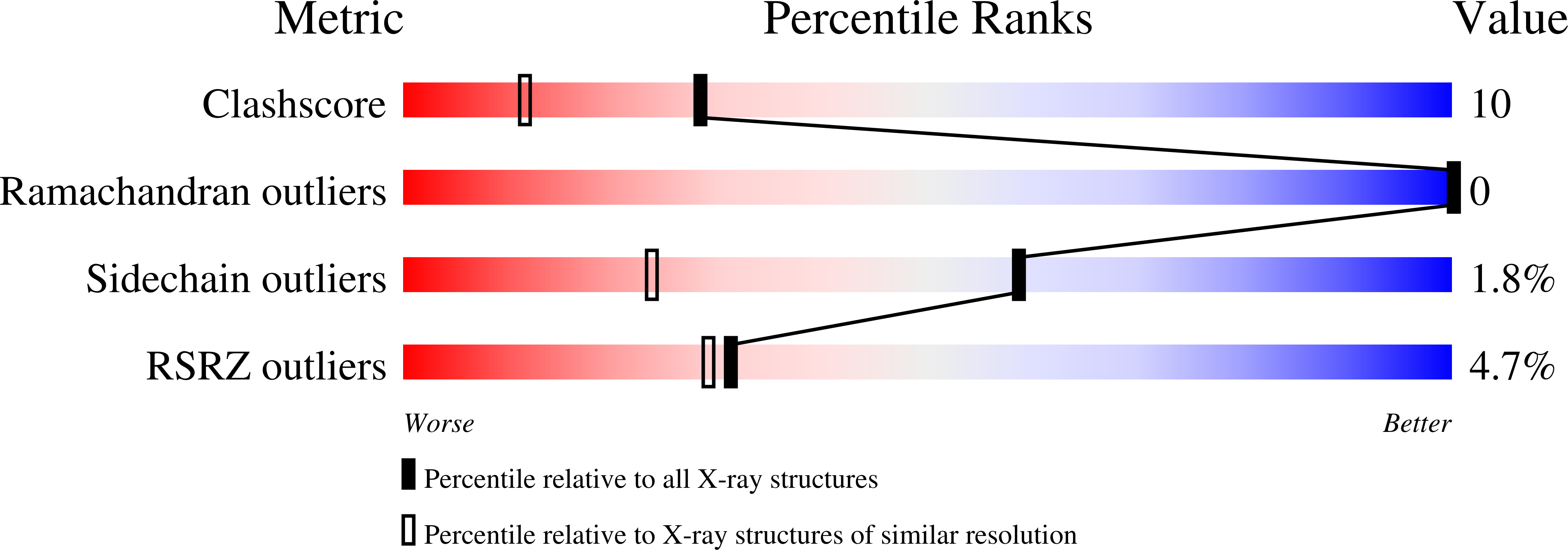
Deposition Date
2004-02-17
Release Date
2004-08-31
Last Version Date
2024-11-13
Entry Detail
PDB ID:
1SEG
Keywords:
Title:
Crystal structure of a toxin chimera between Lqh-alpha-IT from the scorpion Leiurus quinquestriatus hebraeus and AAH2 from Androctonus australis hector
Biological Source:
Source Organism:
Androctonus australis hector (Taxon ID: 70175)
Host Organism:
Method Details:
Experimental Method:
Resolution:
1.30 Å
R-Value Free:
0.17
R-Value Work:
0.15
R-Value Observed:
0.15
Space Group:
I 4 2 2


